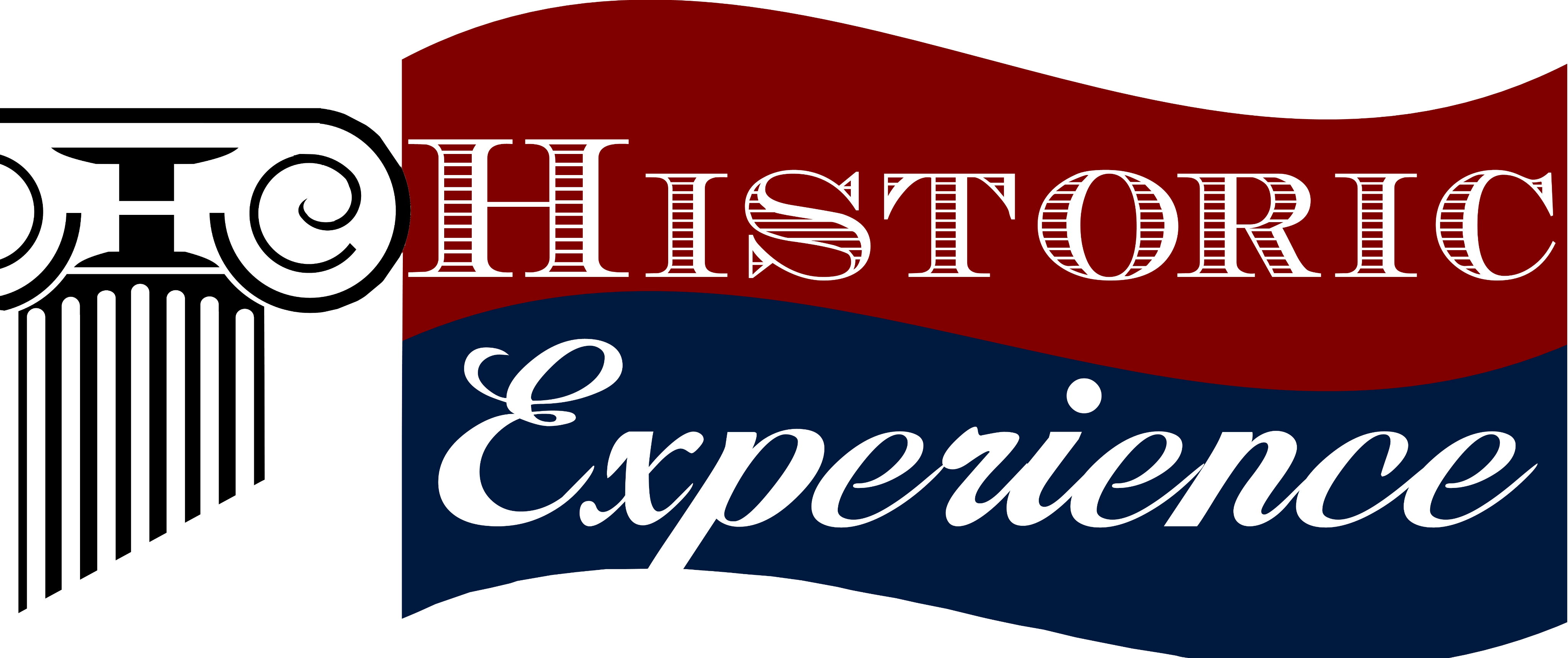June
8, 1906
TR signs the Antiquities Act
June
8, 1906:
TR signs the Antiquities Act
The “Conservation President,” Theodore Roosevelt would only establish five national parks during his administration. But then, there came a new designation: the National Monument.
"to declare by public proclamation ... objects of historic or scientific interest"
The first national park, Yellowstone, was established in 1872. There would only be four more established over the next 30 years.
Establishing a space as a national park required Congressional approval – and a lot of patience. As I mentioned earlier in the year, TR’s first national park, Crater Lake, took 17 years of promotion, obtaining signatures of support, introducing and reintroducing measures on the House floor. It was no small task, and Roosevelt would gladly welcome an easier way.
Fortunately, TR received a gift through the efforts of John Lacey, a Republican Congressman from Iowa. Despite being born in Virginia, having been raised, lived, and died in Iowa, Lacey had a strong penchant for the further western lands of the U.S.
He had a love for things natural and archaeological, which came through in his legislative efforts. The Lacey Act of 1894 gave protective authorities to the Interior Department over Yellowstone National Park, and the Lacey Act of 1900 penalized illegal flora and fauna trade.
Lacey’s farthest reaching piece of legislation came to Roosevelt’s desk in 1906. “An Act for the preservation of American Antiquities, was born of an excursion by the Congressman and Edgar Lee Hewett, an anthropologist focused on New Mexico’s Native American lives and lands. Together they explored regions such as the Chaco Canyon – an area rich in Pueblo ruins – and the effects of scavengers or “pot hunters” who had ravaged artifacts for sales or souvenirs. Lacey was moved by what he saw, and wrote an extensive report on the effects on the land and the need to protect it.
But while conservation was growing in popularity, historic preservation was less in vogue, particularly in Congress, some who were swayed by the financial gains of progress and expansion over preservation.
Lacey bided his time. And he sought people who could help him best make his case.
Along with Hewett, the Iowan enlisted the aid of Rev. Henry Mason-Baum, with experience in Holy Land excavations, and W. H. Holmes of the Smithsonian Institution. Together they forged an act which sounded benign enough to the Congress, but which gave the President authority
to declare by public proclamation historic landmarks, historic and prehistoric structures, and other objects of historic or scientific interest that are situated upon the lands owned or controlled by the Government of the United States to be national monuments, and may reserve as a part thereof parcels of land, the limits of which in all cases shall be confined to the smallest area compatible with proper care and management of the objects to be protected: Provided, That when such objects are situated upon a tract covered by a bona fied unperfected claim or held in private ownership, the tract, or so much thereof as may be necessary for the proper care and management of the object, may be relinquished to the Government, and the Secretary of the Interior is hereby authorized to accept the relinquishment of such tracts in behalf of the Government of the United States.
An Act for the preservation of American Antiquities, Sec. 2.
TR was thrilled: this was, in his mind, a means to circumvent the Congress entirely, and protect lands outright. Within three months, the President declared his first national monument, the Devil’s Tower – a natural wonder of geology and of Native American history. It had suffered numerous defeats in Congress to be established as a national park. But TR got to save it. And within a year’s time, he also had declared national monuments of Lacey’s other fascination, the Petrified Forest, and Hewett’s focus, the Chaco Canyon.
